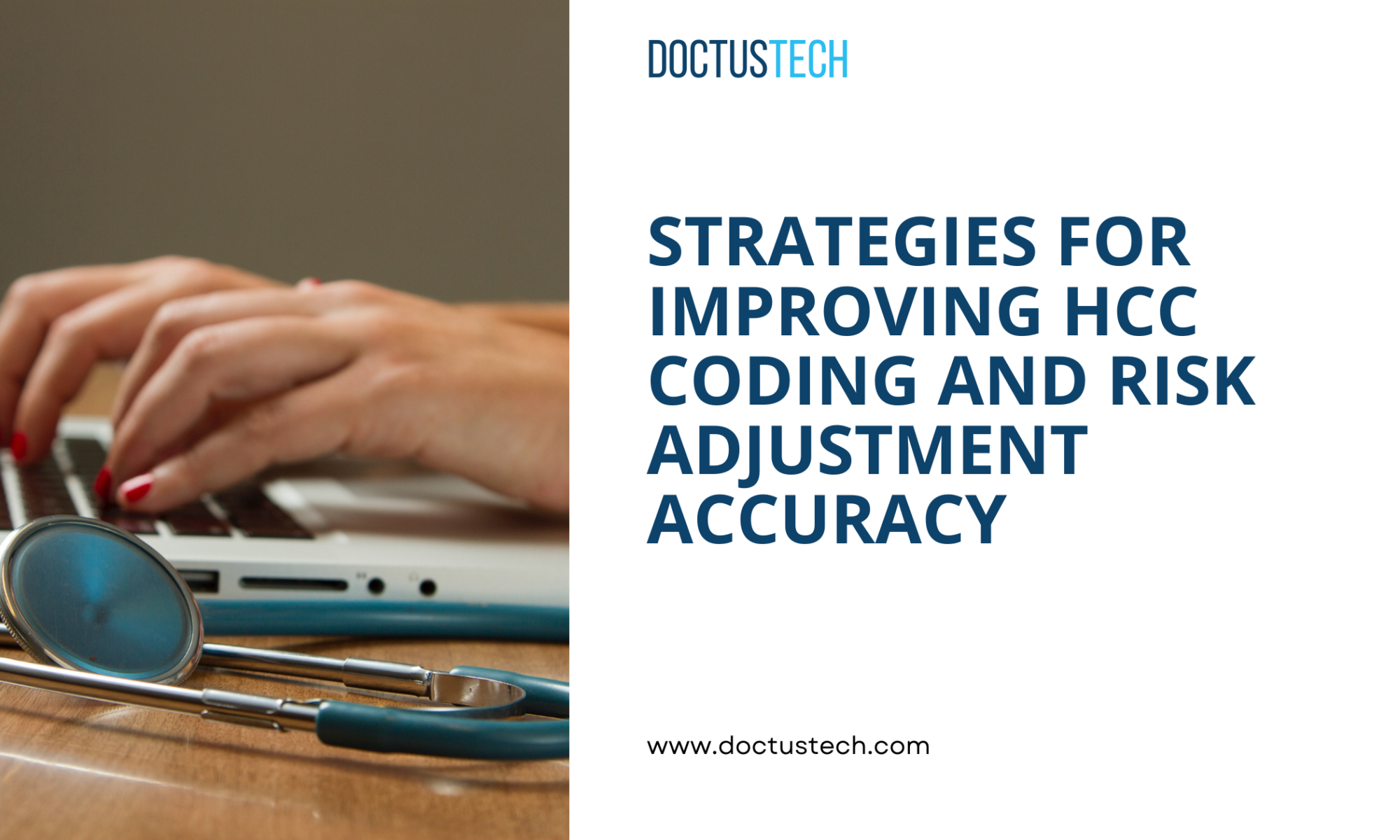Research compliance in the CMS risk-adjustment model and you might come away with more questions than answers. There are few rigid guidelines or clear regulations, leaving Medicare Advantage Organizations (MAOs) in a state of some uncertainty. One thing they can be sure of, however, is that they’ll inevitably face a RADV audit. This blog post explores how to prepare for a RADV audit, the potential consequences of noncompliance, what auditors are looking for, and more.
What are RADV audits?
The acronym ‘RADV’ stands for risk adjustment data validation – which hints at the purpose behind these audits. In effect, CMS wants to ensure that documentation is accurate and reliable, that it reflects the diagnosis and management of a patient’s condition, and, therefore, that reimbursement is appropriate to the patient’s estimated cost of care.
Here’s how CMS defines the RADV program:
“The Medicare Advantage Risk Adjustment Data Validation (RADV) program is CMS’ primary way to address improper overpayments to Medicare Advantage Organizations (MAOs). During a RADV audit, CMS confirms that any diagnoses submitted by an MAO for risk adjustment are supported in the enrollee’s medical record.” – CMS
CMS states that they’re looking for ‘risk adjustment discrepancies’ that lead to payment errors – in essence, whether MAOs have been overpaid.
Why are RADV audits important?
RADV audits are important for the same reason that accurate HCC coding is important. The CMS risk-adjustment model only works if MAOs document risk-adjusting conditions appropriately – allowing CMS to accurately calculate each patient’s estimated cost of care, and reimburse providers appropriately. RADV audits help ensure this process is working as it should.
From an MAO’s perspective, RADV audits help to reveal overpayment errors due to incorrectly-recaptured acute codes, incorrect initial encounter codes, and exclusion codes coded together.
The risk of non-compliance
Complying with CMS’ regulatory requirements will help organizations receive accurate reimbursement, and ensure positive patient outcomes through the correct allocation of resources. Non-compliant organizations, however, risk owing CMS up to three times the overpayment, plus a fine of $11,000 per violation. And as these examples show, fines can really add up:
- Health insurers face $3 billion Medicare clawback
- Health plan overcharged Medicare $200 million, federal audit finds
What the auditors are looking for
In a nutshell, CMS wants to ensure that:
- The diagnosis is accurate
- The documentation accurately reflects the diagnosis
“The true north is: ‘are the diagnosis and management appropriate’?’ That’s what compliance means, and that’s what auditors are looking for,” explains DoctusTech CEO Dr. Farshid Kazi.
But beyond that, the specifics remain frustratingly unclear. “All we can really be sure of are things people have been penalized for previously,” says DoctusTech’s Director of Quality Dr. Adam Steele. “While there are audit standards online and in CMS’ training book, these standards aren’t necessarily the same things we see organizations get penalized for.”
This leaves MAOs with little choice but to prioritize specific diagnoses and thorough documentation, accurate HCC coding, and the appropriate care and management of patients’ conditions.
How to prepare for a RADV audit
While hard-and-fast compliance regulations may be thin on the ground, following these best practices can help organizations remain compliant and prepare for a RADV audit.
Train and educate staff
- Provide ongoing HCC education for coders, CDSs, scribes, and clinical staff on documentation and coding best practices.
- Educate staff on the importance of compliance with RADV audit requirements.
Conduct internal reviews
- Perform thorough chart reviews to ensure diagnoses submitted for risk adjustment are supported by the appropriate documentation.
- Hold regular internal audits to identify discrepancies in coding and documentation.
Ensure data integrity and accuracy
- Ensure ICD-10 codes are accurately assigned based on documented clinical conditions.
- Confirm that any data submitted to CMS matches patients’ medical records.
Develop a response plan
- Assemble a dedicated audit response team with clearly defined roles and responsibilities.
- Establish a protocol for responding to audit requests, including timelines and communication strategies.
Hold mock audits
- Conduct mock RADV audits to identify potential issues and improve your response processes.
- Use feedback from mock audits to make necessary adjustments in documentation and coding practices.
Use technology
- Technology can be used to help organizations prepare for RADV audits through effective HCC coding education and retroactive document review.
If your organization needs help ensuring ongoing compliance and preparing for RADV audits, DoctusTech can help.
Book a demo today.









